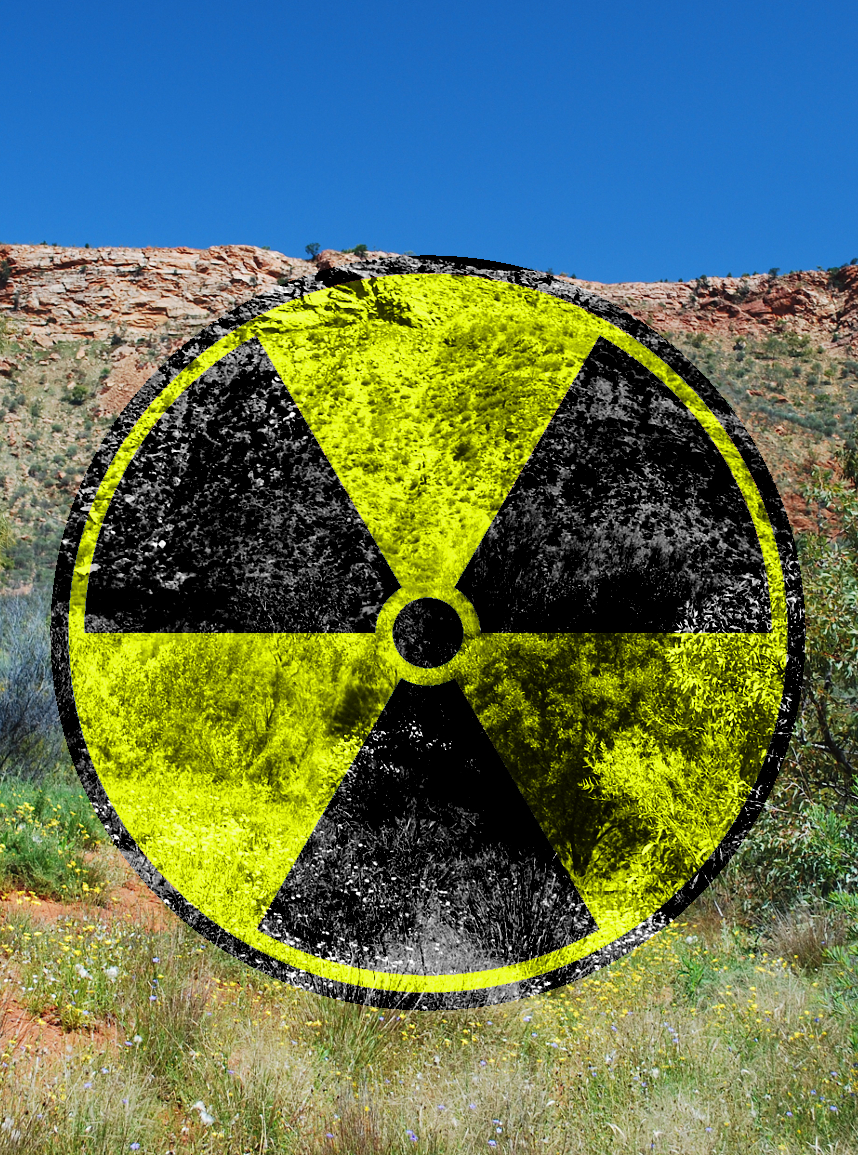Weapon watch enhanced
 Researchers have come up with a new way to monitor nuclear weapons with radio waves.
Researchers have come up with a new way to monitor nuclear weapons with radio waves.
An international team of IT security experts has introduced an innovative method for monitoring compliance with nuclear disarmament agreements.
Their approach, outlined in the journal Nature Communications, involves using radio waves to remotely assess changes in a designated area.
The system was designed to address situations where State A aims to verify State B's nuclear weapons stockpile without continuous on-site supervision, with a specific concern being the potential removal of nuclear warheads for deployment.
Dr Johannes Tobisch, who led the research, explained that the system “uses two antennas to record a radio fingerprint of the room”.
One antenna emits a radio signal that bounces off the room's surfaces and objects, while the other antenna captures the signal.
Any substantial changes in the room, such as the removal of a nuclear warhead, would significantly alter this radio fingerprint, making detection reliable.
However, this method relies on State B measuring the radio fingerprint precisely when State A requests it.
To prevent State B from submitting a previously recorded signal, the researchers installed 20 rotating mirrors in the monitored room.
Any change in the mirrors' positions would lead to a modification in the radio fingerprint. During an initial on-site visit, State A would record radio fingerprints for various mirror positions and store them secretly.
Periodically, State A could remotely request State B to send the radio fingerprint for a specific mirror position, enabling a comparison with the recorded data. If there is a discrepancy, it indicates a change in the room.
Dr Sebastien Philippe of Princeton University has emphasised the importance of this technology, particularly regarding the approximately 9,000 nuclear weapons held in storage worldwide for military reserve or decommissioning.
These weapons are challenging to monitor through satellite imagery or other means that cannot access the storage vaults, making them unaccounted for in existing nuclear arms control agreements.
In a field test at Ruhr University Bochum in Germany, the researchers verified the concept by monitoring a container with movable barrels using radio wave technology.
They successfully reproduced radio fingerprints for various mirror settings, with slight movements of the barrels producing noticeable changes in the fingerprints.
The researchers also explored the use of machine learning to decode the relationship between mirror positions and radio fingerprints. The scalability of the system enhances its security.
Researchers from the Max Planck Institute for Security and Privacy, Ruhr University Bochum, Princeton University's School of Public and International Affairs, the University of Connecticut, Harvard University, PHYSEC GmbH, and Technische Universität Berlin collaborated on the project.







 Print
Print